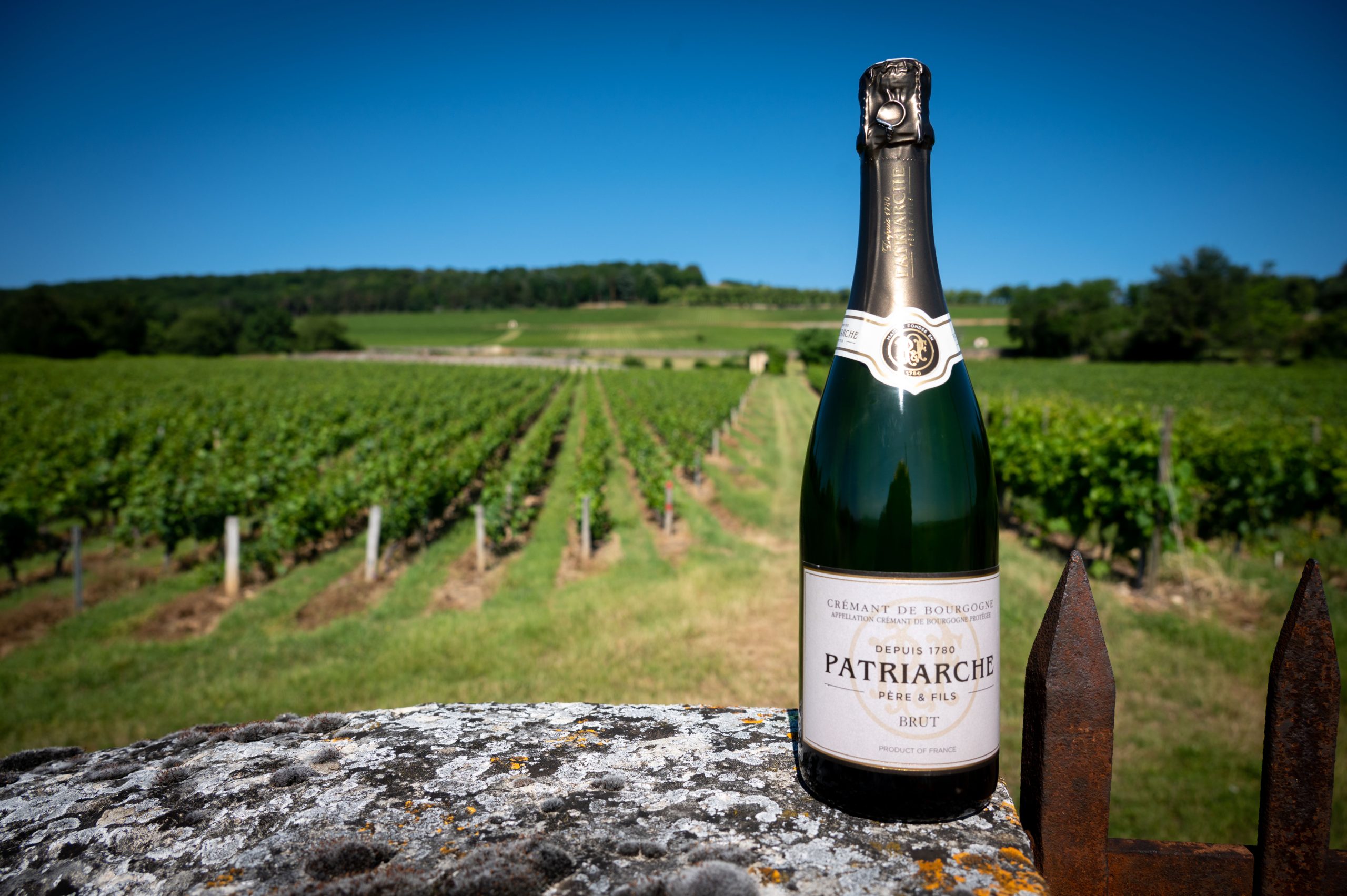Sparkling giant Freixenet Copestick buys Bolney Wine Estate
The Sussex-based winery has become the first English fizz producer to join the prestigious group. The drinks business talks exclusively to those involved in the sale.

The world’s biggest sparkling wine company has snapped up England’s Bolney Wine Estate in Sussex for an undisclosed sum.
The deal was signed on Friday 14 January 2022, following just a few months of talks and Freixenet Copestick, the UK arm of parent group Henkell Freixenet, owns 100% of the company.
The move further bolsters the group’s position as world leader in fizz, with the sparkling experts offering Cava, Prosecco, Champagne and Crémant alongside still wines and spirits. Last year Freixenet alone sold 100million bottles worldwide, setting a historic record in the brand’s 150 year journey.
Bolney Wine Estate joins a host of sparkling wines under Freixenet’s group umbrella, including fizz produced in Germany, Romania, Hungary, the Czech Republic and the Ukraine.
Robin Copestick, managing director for Freixenet Copestick, which includes the I heart Wines brand, exclusively told the drinks business: “Henkell Freixenet has been interested in the English Sparkling Wine business for some time, as they recognise its quality and potential. Everyone at Freixenet Copestick is hugely excited to have the wines from Bolney among our portfolio. We have a hugely diverse customer base, and before we bought Bolney we did have a gap in this exciting sector of the market.”
On what Bolney’s sparkling wines can bring to the table that other producers in the group are perhaps unable to offer, Copestick had this to say: “Stylistically, the wines are different. I believe that English still and sparkling wines offer something very unique and there is a growing demand specifically for English wine.”
“We are extremely confident that Freixenet Copestick, Jascots and Slurp will be successful with all the wines from Bolney, which will give Bolney Wine Estates a natural boost in sales volumes. That being said, there are no overstocks at Bolney so we will have to manage allocations carefully.”
“We have very exciting plans for Bolney and aim to strengthen its position as one of the very top English wineries.”
Bolney Wine Estate, which produces between 250,000 and 300,000 bottles of traditional-method English sparkling and still wines per year, will retain its same team, with managing director Sam Linter remaining at the helm.
“The acquisition means we now have the ability to grow and develop the Bolney brand much further than we as an organisation would have been able to ourselves,” Linter told the drinks business. “It is business as usual in every sense of the word, with the business continuing to operate exactly as it did before. I am so proud of our amazing team at Bolney, who have worked exceptionally hard to be in a position for us to be a part of this dynamic group.”
Partner Content
According to Linter, the negotiations “were rapid” as both sides “had a very clear vision – we completed the deal within four months.”
Linter is anticipating an uplift in sales and consumer awareness as a direct result of becoming part of the group. “The vision we share is to grow Bolney through the extensive routes to market, with an aim to bring the brand to a wider audience both in the trade and with consumers,” she revealed.
Indeed, the wine estate has been a pioneer of the English Wine world for 50 years, welcoming more than 70,000 visitors through its doors annually.
“The sale of Bolney Wine Estate to Freixenet Copestick represents a key milestone for the wine industry here in the UK,” Simon Thorpe MW, CEO of WineGB told the drinks business. “In many ways it signals an increasing maturity in our industry in that English sparkling wine should be regarded as an attractive investment opportunity by such a leading global wine producer.”
Thorpe went on to say that “The acquisition should help to build on the progress made by English and Welsh wineries in establishing a significant consumer franchise both in this country and in certain export markets. This is an exciting development for the industry.”
English terroir has piqued the interest of several big Champagne houses in recent years, with the likes of Taittinger and Vranken-Pommery buying up land in Kent and Hampshire to produce their own sparkling wine.
Last year, the drinks business reported that climate change is also opening up opportunities in the north of England, with increasing temperatures allowing English wine producing to transcend the traditional hub of wineries centred in the Kent and Sussex pockets.
“Yorkshire and indeed the vineyards in the Midlands and North of England are moving at a considerable pace,” Ian Sargent, founder of Laurel Vines Vineyard & Winery in East Yorkshire, told db. He added that a smattering of new Yorkshire vineyards have planted in the last couple of years, which are not yet in production, nodding to a possible coming boom.
“Littlewold Vineyard in East Yorkshire is in the process of building a new winery, which is likely to be in operation in 2022/23,” said Sargent. “A number of Yorkshire vineyards are also increasing their area under vine, which is being done at a measured rate and so fits with both sales and demand for the wines.”
According to the Wine GB, English and Welsh wine sales increased by 30% to 7 million bottles in 2020, when 8.7m bottles were produced.
Related news
Castel Group leadership coup escalates
For the twelfth day of Christmas...
Zuccardi Valle de Uco: textured, unique and revolutionary wines




